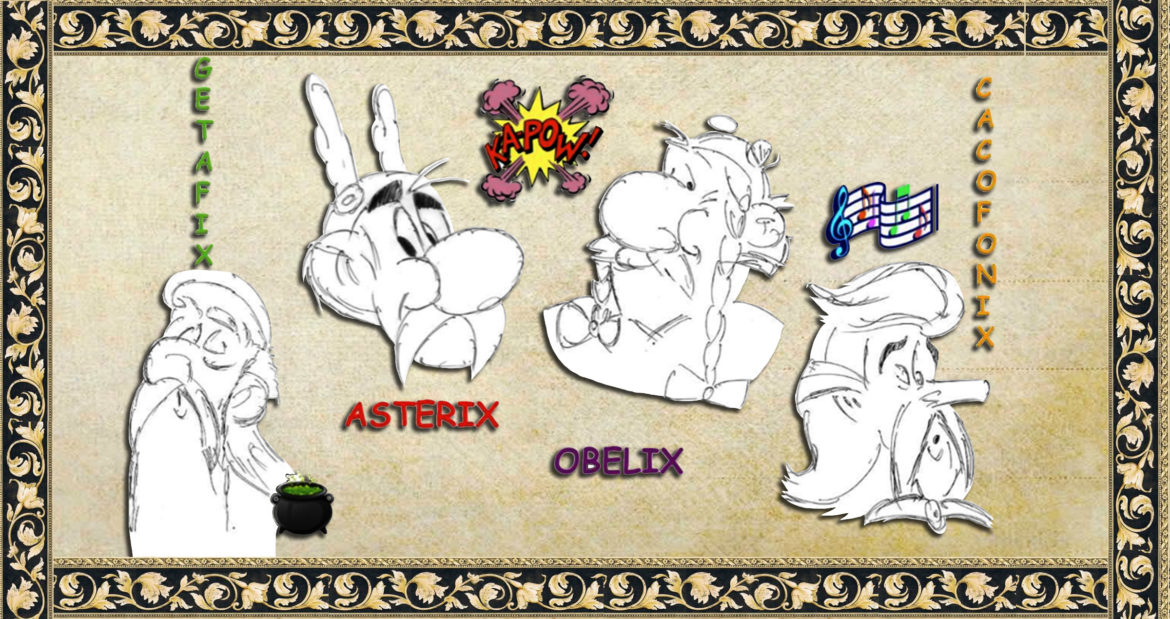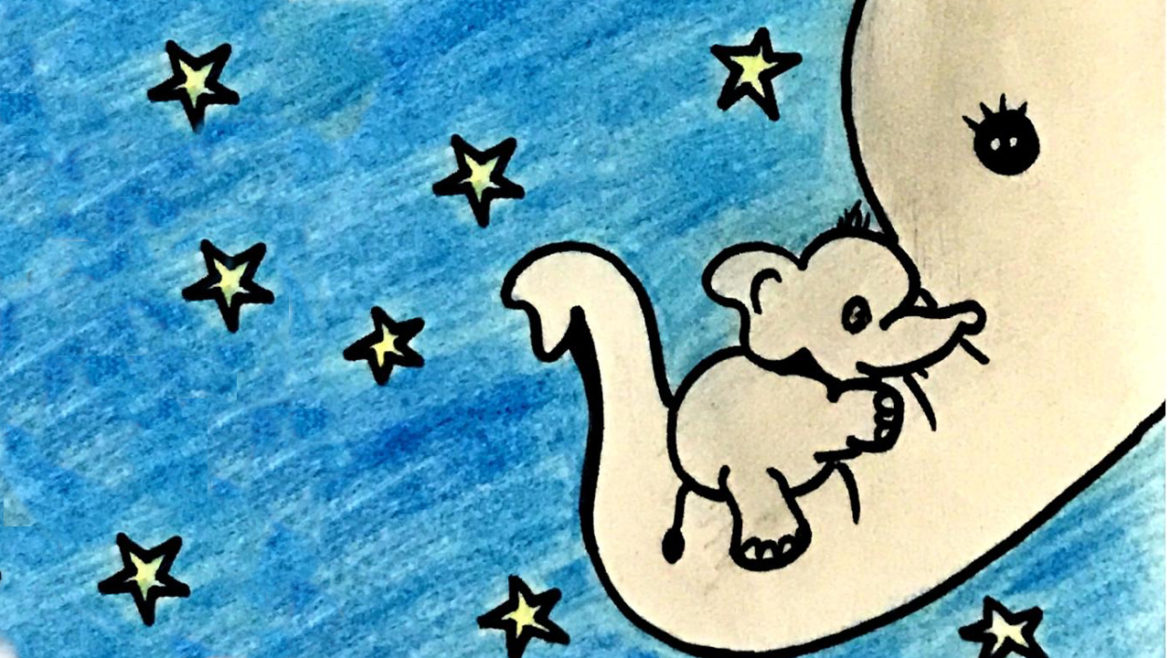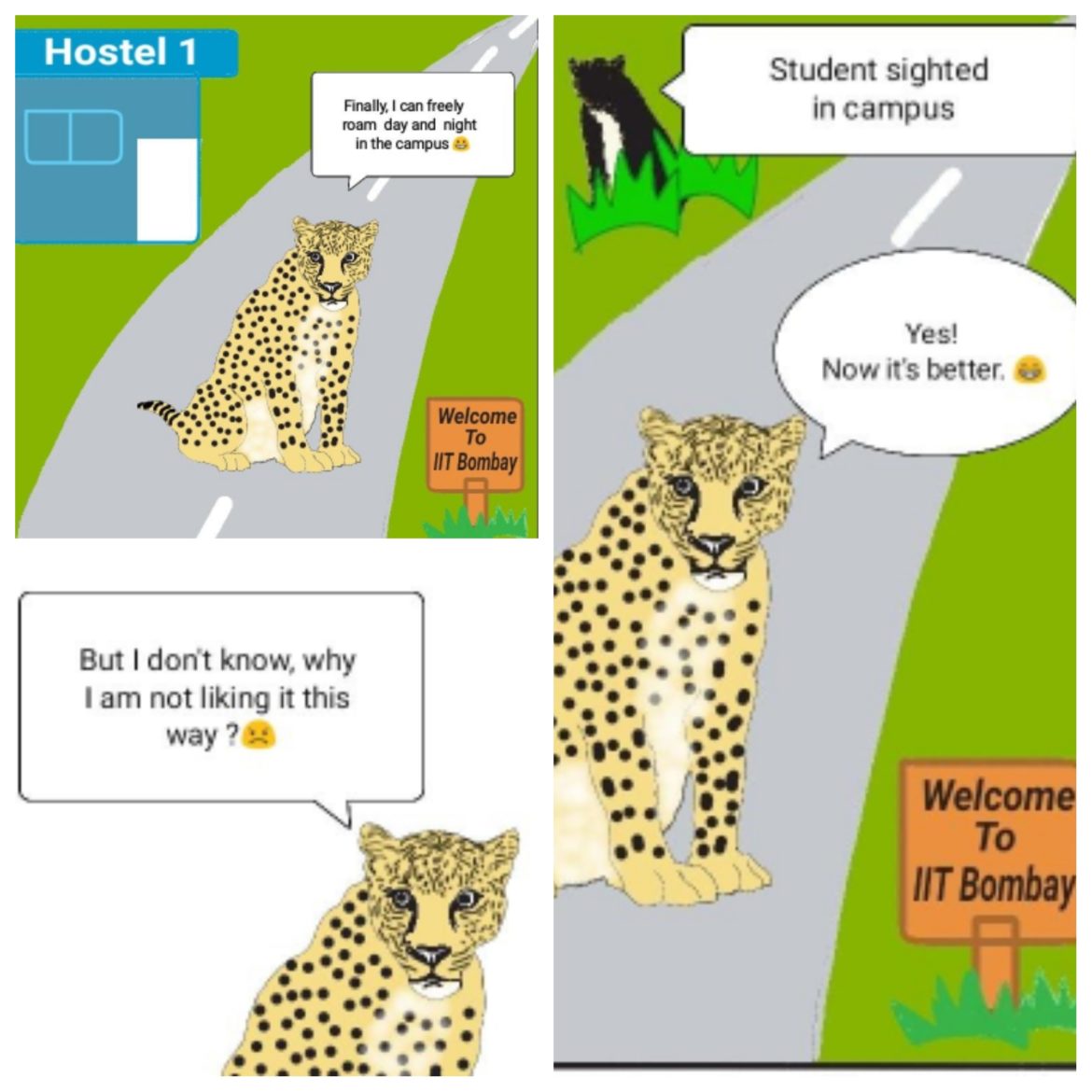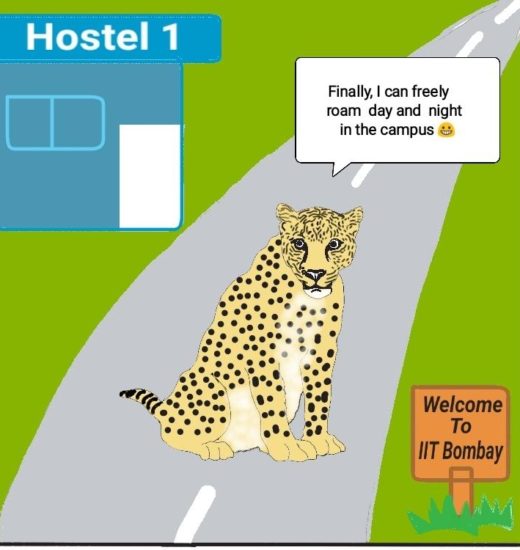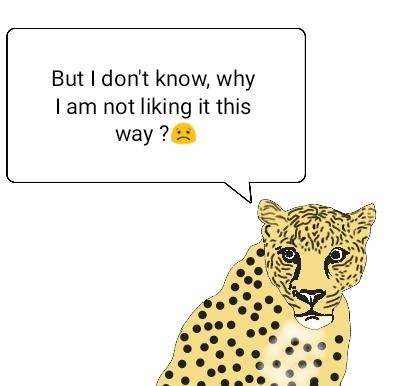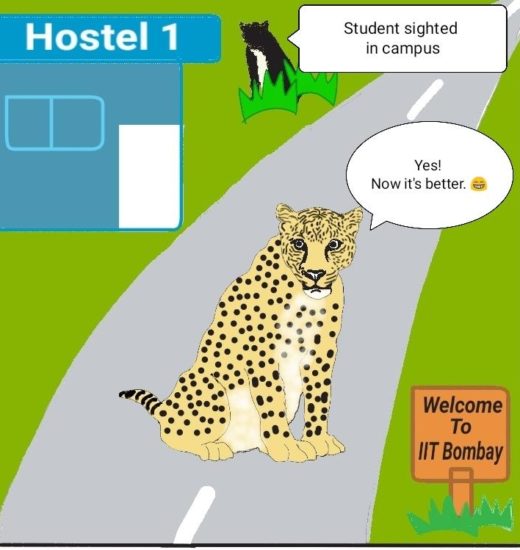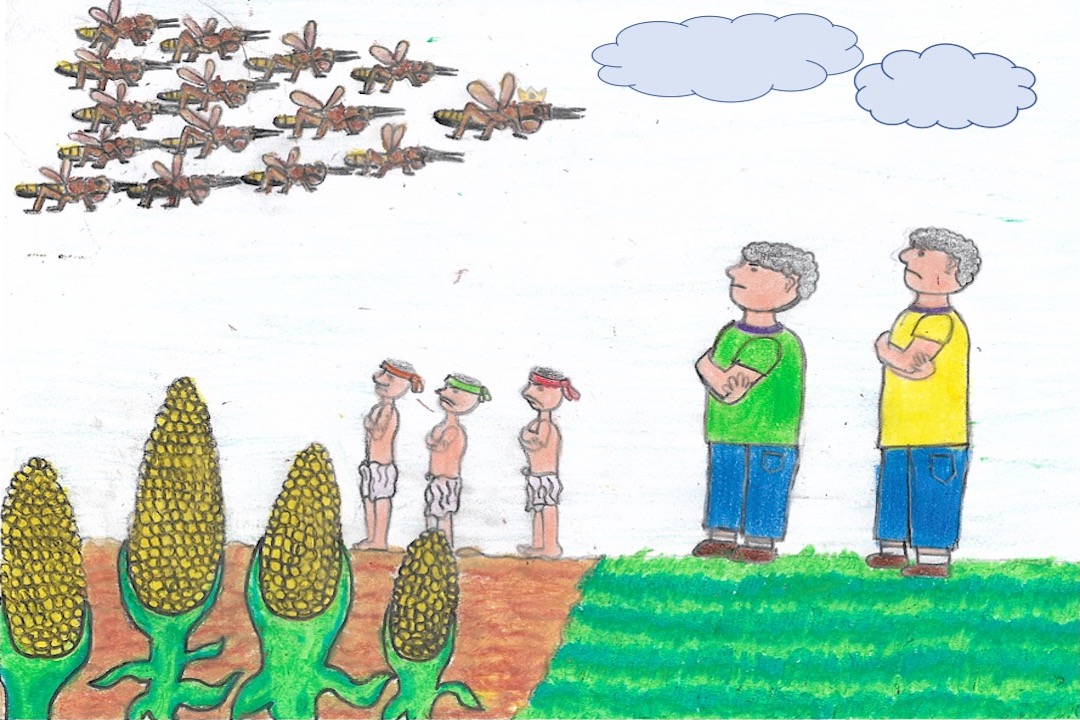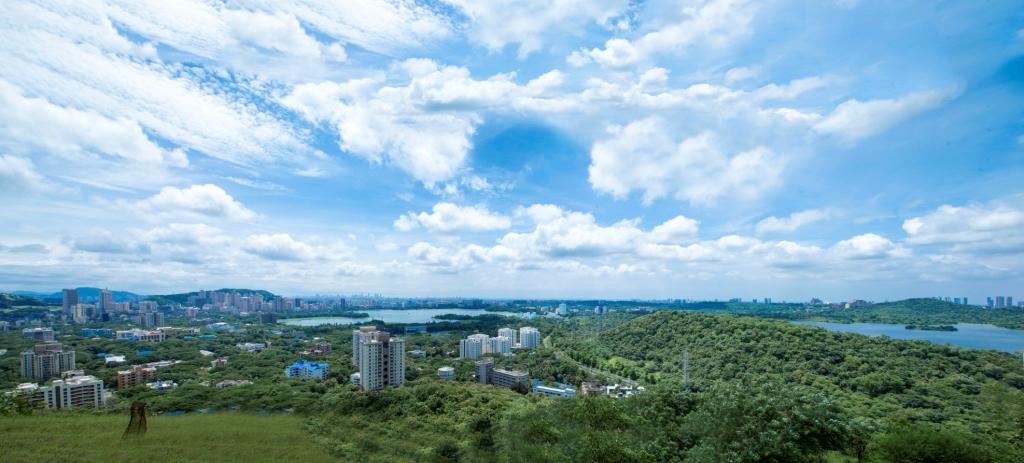The year is 2020. The entire world is occupied by a deadly virus. Well not entirely! One small village of indomitable Gauls still holds out against the invaders.
Fundoo Fundaes
Maps of the institute invariably show a spur of land jutting out into the Powai Lake from the place where the trio postgraduate hostels stand. Upon this piece of land lies an impressive forest extending to the shores of the lake. This forest is part and parcel of IIT Bombay but rarely frequented by campus residents because the entrance to it is subtly hidden away from view. In fact, this peninsula, which has been known as Kol Dongri for long, can be considered an extension of the Sanjay Gandhi National Park to the north. Dubbed the El Dorado of birdwatching by none other than Dr Salim Ali (1896-1987), the “Birdman of India”, Kol Dongri is important for the unique geography that it sits on: it provides a woody and marshy ecosystem and is a waypoint for several species of migratory birds. Over the last couple of decades, Kol Dongri has been chipped away at for various purposes, most notably to build three student hostels and to house a construction workers’ camp. Today, the Kol Dongri forest has been reduced to nearly half of what it used to be just two decades ago.
Nehru signing the Constitution of India. Image Source: link
The Constitution of any country is really a political document. It brings into existence a body politic, a state, and defines what the various organs of the state are to be, what their assigned functions are, and so to say draws the Lakshman Rekha around each organ of the body politic. The interesting thing is what the Preamble of the Constitution of India says. This is what the Preamble says, “We the people of India having solemnly resolved to constitute India into a sovereign, socialist, secular democratic republic”. I may add here that the words ‘socialist’ and ‘secular’ were not there originally, they were added during the emergency, “and to secure to all its citizens justice, social, economic and political, liberty of thought, expression, belief, faith and worship, fraternity assuring the dignity of the individual and the unity and integrity of the nation, in our Constituent Assembly this 26th day of November 1949 do hereby adopt, enact and give unto ourselves this Constitution.” In 1949, this was brought into force and the Republic was constituted on the 26th of January, 1950 which we celebrate as Republic Day.
Long years ago, in what now seems like a previous lifetime, I used to drive every morning to work, and listening to the radio was an enjoyable distraction from the crazy traffic and a way to keep up with the latest music. Now I work from home and along with driving, listening to the radio has become a rare occurrence! But this morning I was in my car driving after a long time, and switched on the radio. Every single advertisement had something to do with illness – ads for medicines conveniently delivered at home, ads for new super speciality hospitals opening up, ads which tell you not to ignore stomach pain as it might turn into cancer, ads for health insurance which will cover not only the cost of your treatment abroad but also fly you and a companion there by business class! Just listening to the ads is enough to make you sick.
Photograph sourced from freestocks.org
An attractive opportunity develops: About a decade ago, during an evening visit to the neighbourhood garden with her friends, my mother heard about a Vitamin E supplement that improved the quality of one’s skin and hair. One of the elderly ladies in the group had been prescribed the tablet by her doctor. My mother and all the other ladies in that group ended up checking with their doctors and then taking the Vitamin E supplement too.
Photograph by Katherine Hanlon
Yoga started in India, was exported to the West, became wildly popular there, and is now seeing a resurgence in interest in India. Ayurveda, on the other hand, has not become anywhere near as widely accepted in the West as yoga has. Passion, patriotism and antipathy to big pharma make an objective discussion on alternative remedies like Ayurveda somewhat difficult. What is tougher still is focussing the discussion on “genuine” Ayurveda and ignoring the myriad products that simply claim to be Ayurvedic.
Today, we see great innovations and unforeseen interventions in the area of medical sciences and healthcare – whether these are low-cost sanitary napkins or highly sophisticated implants. The research community have even ventured into producing organs and artificial meat in the lab. And it won’t be wrong to say that materials development has contributed immensely to this disruptive development. Recently, I was reading about nicotine patches which basically function to satisfy the urges of mind and body, while avoiding the adverse effects of smoking. Transdermal patches like these also have one particular advantage, that is it reduces the need for frequent dosing, causes lesser systemic side effects and offer overall good patient compliance. Of course, bringing something like this to the market involves two things: one to make such interventions possible technologically and second cost optimisation to make it accessible to the people.
